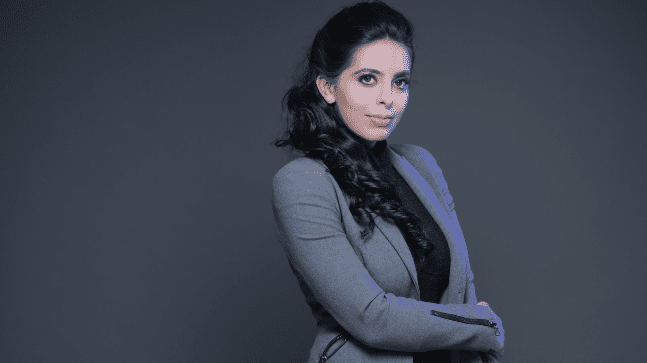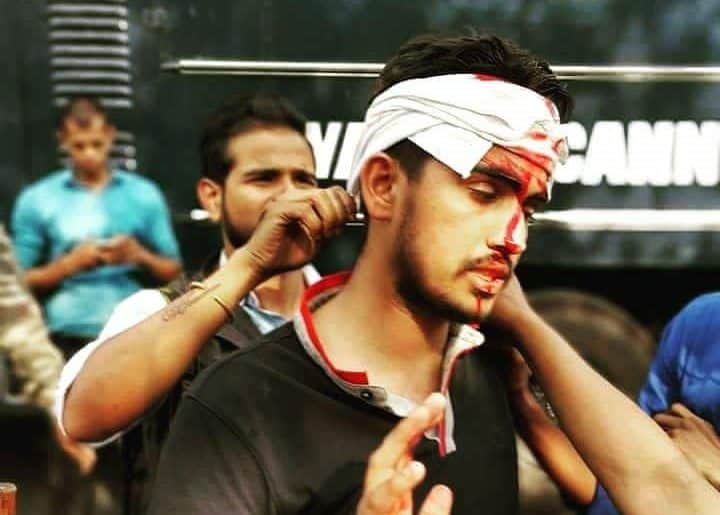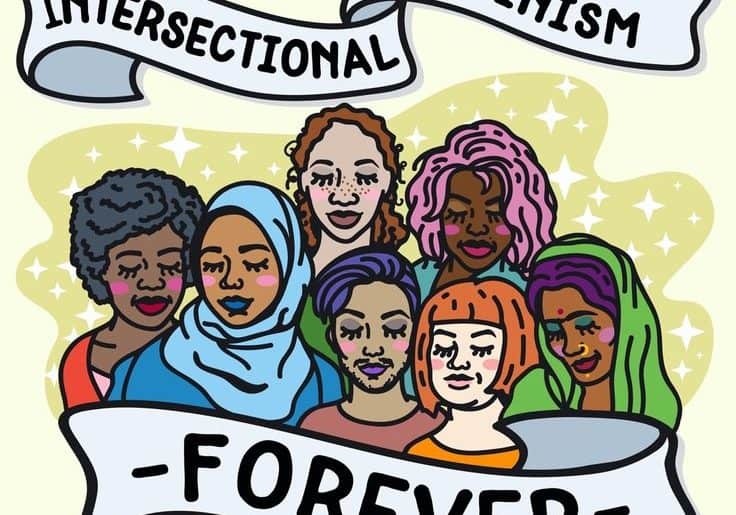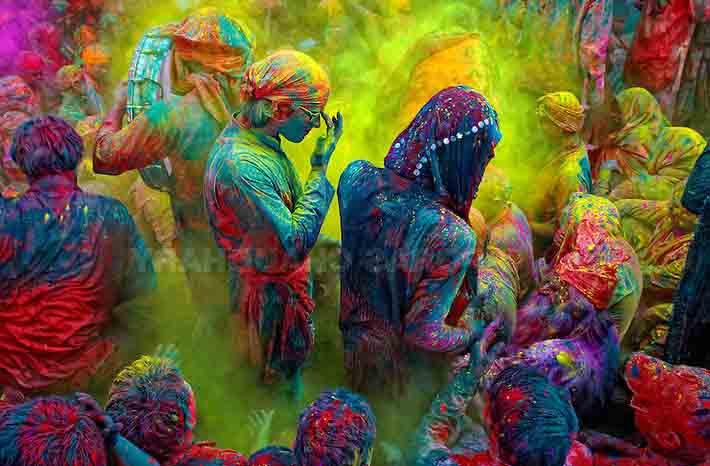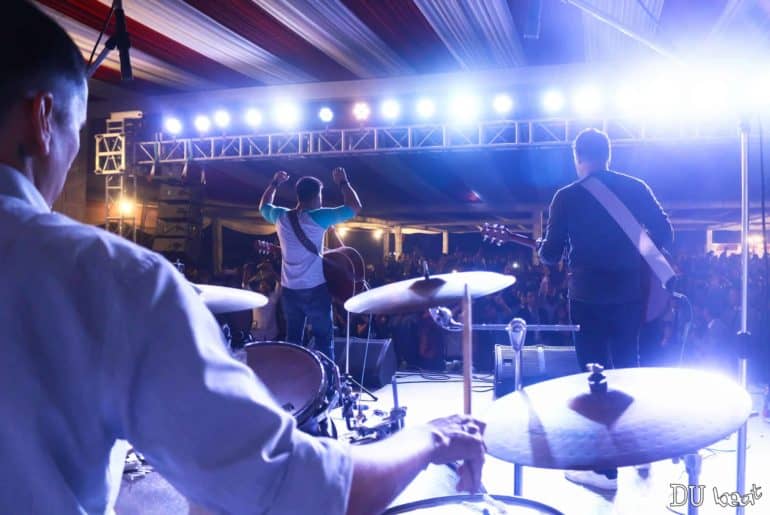We are at a historic moment in terms of gender equality. Masculinity, as you know it, asks men to be ‘tough and ‘strong’. However, this machismo-driven notion of masculinity is killing both men and women.
“Fight Club”, said my best friend when I asked him about his favourite movie. Of course, it was. Tyler Durden was all he wanted to be. He was violent and aggressive, a man who showed no emotions. Don’t get me wrong, Fight Club is one of the greatest American classics but it thrives on toxic masculinity. The ‘Project Mayhem’ looked like an opportunity to men to prove their worth by traditional means at a time when all of them were struggling internally, searching for meaning in life. As women are fighting against the system for equal rights and opportunities, are we able to understand the way patriarchy affects men?
Toxic masculinity is a concept in which men have a “supreme valuation of characteristics culturally associated with masculine and denigration of characteristics associated with the feminine”. Everybody knows what those ‘masculine’ traits or male stereotypes are. Men, right from the very childhood are told that they are not allowed to cry because ‘big boys don’t cry’. They should ‘man up’ whenever the situation requires them to and never be vulnerable. They should not do things ‘like a little girl’ does. They should be self-reliant and be ‘lone wolves’ in order to succeed. Men need to show dominance and be in control of things. Men also have this false sense of superiority and entitlement over women, which results in hundreds of women being killed, raped and mutilated every single day.
Such unwritten rules of behaviour lead men to limit the expressions of their emotions, primarily to anger. I have often seen men talk in excessive pride about the fact that they haven’t cried in years. Is it even a good thing to be proud of? When they find themselves unable to deal with their overwhelming emotions and feelings and they can’t talk about it, it often gets channelized into two ways. The first one is being physically violent. Zach Greiner’s character in Fight Club found ‘Project Mayhem’ as an outlet for his anger against the identity crisis he was facing. It was all about enduring pain as much as possible. The second way is experiencing stress and depression. According to studies, men are four times more likely to commit suicide than women. Men who adhere to the traditionally masculine cultural norms and pressurize themselves to be stoic and socially isolate themselves are less likely to seek help for their mental health issues.
These are the tools of the patriarchy that we all need to fight against. We need to help boys become connected men. We cannot allow a destructive sense of manhood with ‘boys will be boys’ narrative to perpetuate anymore. We need to start having real conversations with men, conversations about feelings and problems and everything in between, conversations which are open and honest, just like girls have with one another. You know how girls tell every minute detail of their lives to someone close to them? Well, it helps. Talking about your problems may not be the solution but it does make you feel better. Stifling your emotions to avoid being judged by other men is going to kill you, both literally and figuratively; it is time to open up and break free.
Feature Image credits– Christian Hopkins
Disha Saxena


